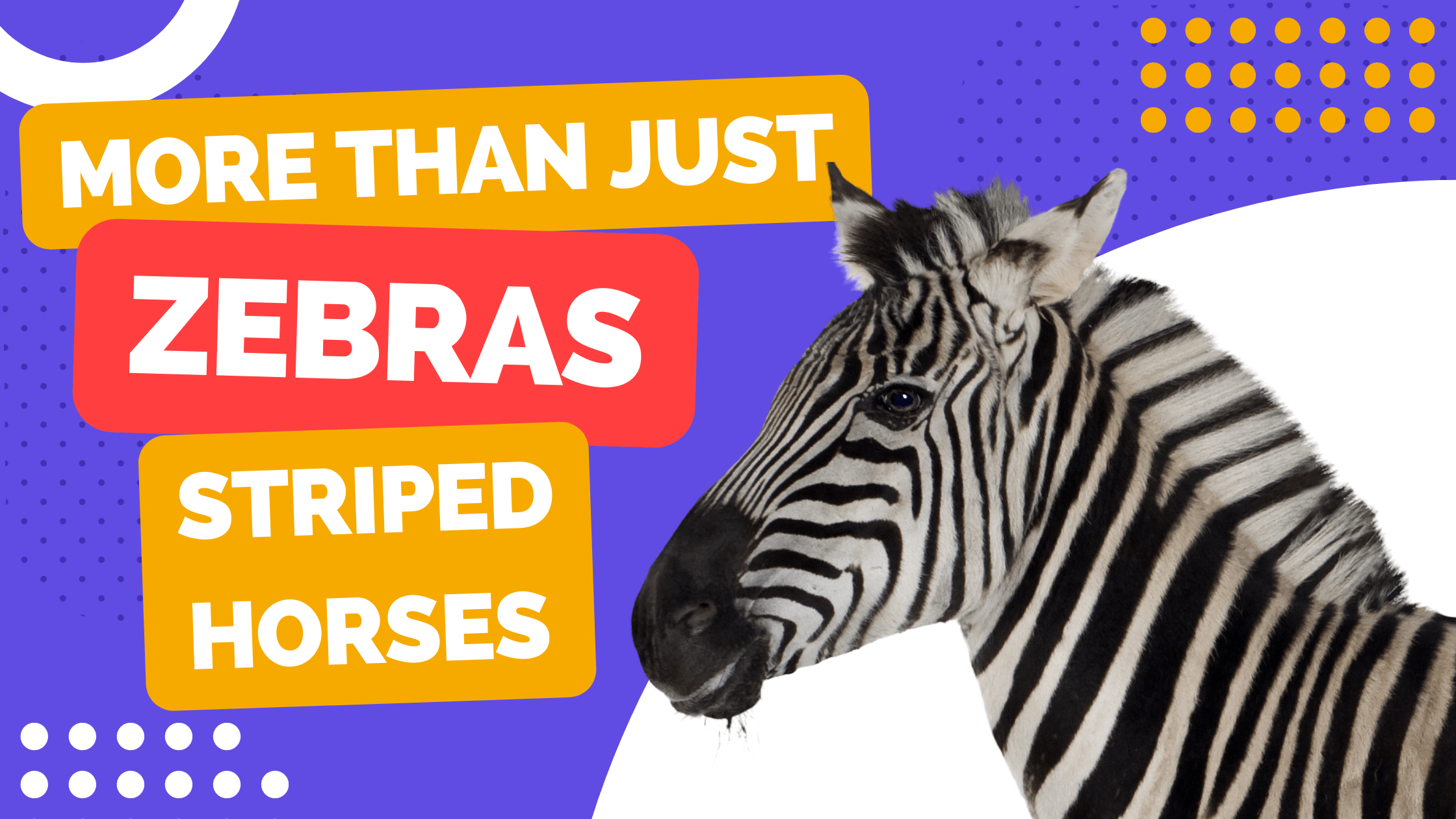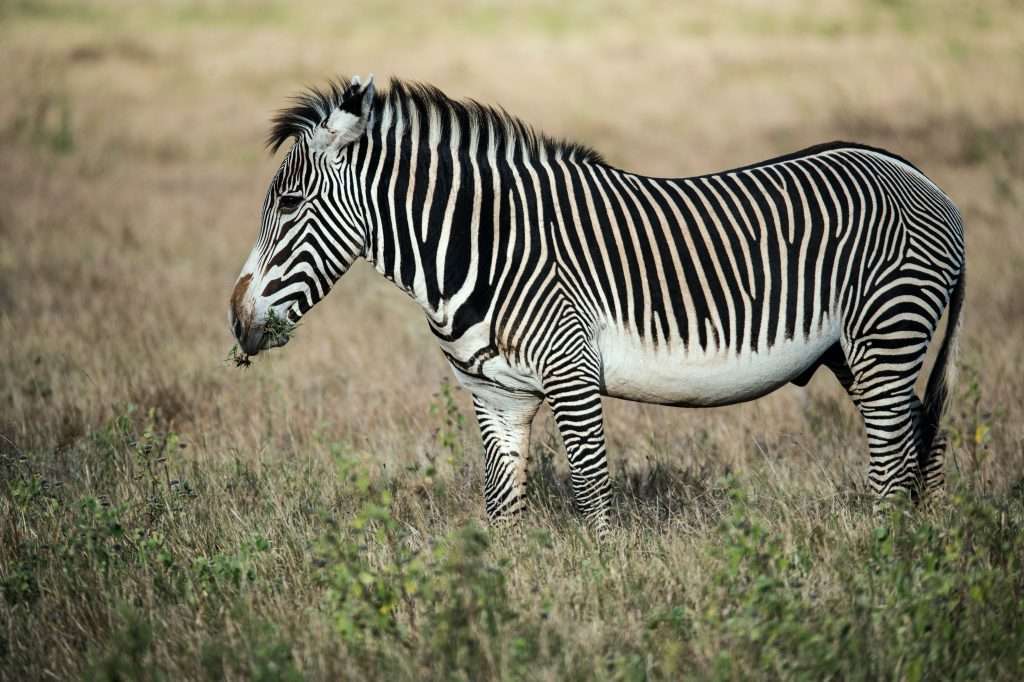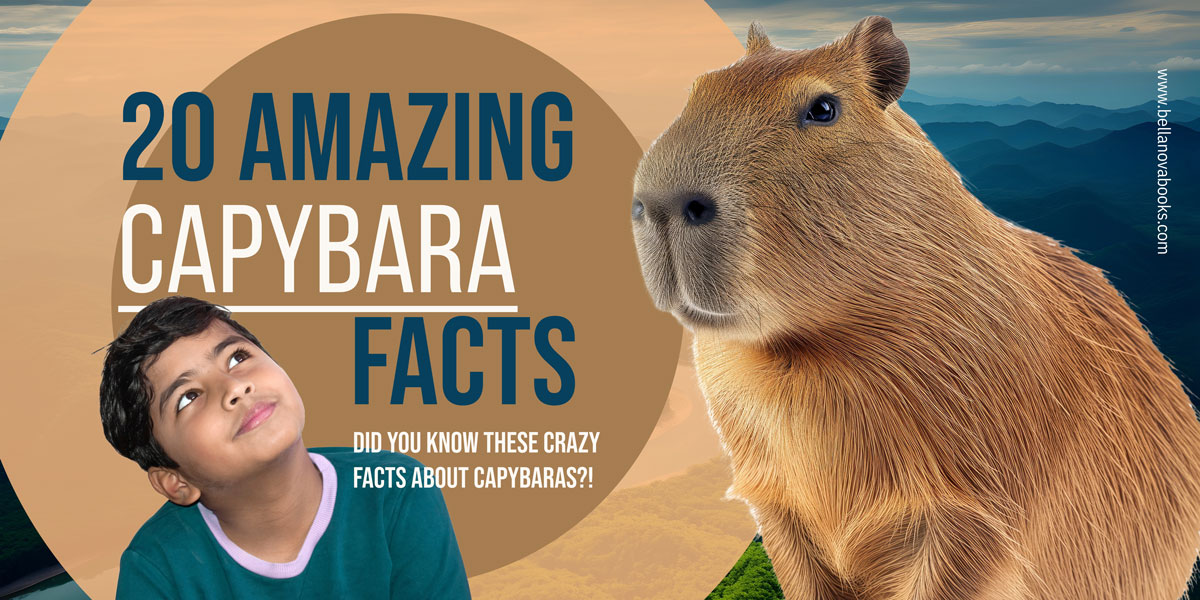
Zebra Facts: More Than Just Striped Horses
Welcome to the wild world of zebras! Zebras are one of nature’s most unique and beautiful creatures. Here, you’ll learn all about their behaviors, markings, and why they’re so special. So come along on this adventure as we explore ten zebra facts about these majestic mammals!
Not Just One Type of Zebra
Did you know that there are three different types of zebras? The most common type is the plains zebra. Plains zebras live in Africa and can be found in countries like Kenya and Ethiopia. The second type of zebra is the Grévy’s zebra. Grévy’s zebras are much rarer than plains zebras and live in dry, grassy areas of northern Kenya and Ethiopia. The third type of zebra is the mountain zebra. Mountain zebras live in the mountains of Southern Africa, in countries like Namibia and South Africa.

Stripes with Purpose
Zebras have unique striping patterns, much like human fingerprints. Each zebra has a unique set of stripes on its body, which can be used to identify individuals. Scientists are not sure why zebras have evolved to have stripes, but one theory is that they help confuse and deter predators. This makes it more difficult for them to single out an individual zebra. Another theory is that the stripes help regulate the zebra’s body temperature, with the black and white stripes alternating to create a cooling effect.
Zebras Are Very Sociable
Zebras are highly social animals, and they live in large herds for protection and support. These herds can be composed of anywhere from a few individuals to several hundred zebras. The social bonds between zebras are strong, and they are known to defend each other against predators and groom each other. Living in a herd also benefits mating and raising young, as zebras can share resources and provide mutual support.

They’re Fast!
They are surprisingly fast runners and can reach speeds of up to 65 km/h. Zebras are known for their speed and agility and can outrun most predators. They have powerful legs and a unique running style that allows them to reach high speeds and make sudden changes in direction in case of danger.
In addition to their speed, zebras are also excellent swimmers and are known to cross rivers to escape predators or find new grazing grounds.
Zebras are a Popular Meal
Zebras are prey animals, meaning they are always at risk of attack. As prey animals, zebras have evolved several strategies to defend themselves against predators such as lions, hyenas, and cheetahs.
One of these strategies is their distinctive stripes, which are thought to confuse predators and make it more difficult for them to single out an individual zebra. Zebras are also known for their strength and agility, which allow them to defend themselves and escape danger.

You Can’t Keep a Zebra as a Pet
Unlike horses, zebras can’t be domesticated, and are only found in the wild. They are wild animals that are only found in the grasslands and savannas of Africa.
Zebras have a strong instinct to roam and graze, and they require large areas of land to roam and find food. As a result, they are best observed in their natural habitats, where they can live and behave as they would in the wild.
They Have Great Eyesight and Hearing
Zebras have excellent eyesight and hearing, which helps them detect and avoid predators. Zebras have evolved to have great senses, particularly their vision and hearing, which allow them to detect predators from a distance. They have large eyes and a wide field of vision, which enables them to see predators approaching from multiple angles.
Zebras also have excellent hearing and can detect sounds from far away. This gives them an early warning of danger. These sharp senses, combined with their speed and agility, make zebras difficult prey for predators.

They Have Great Memories
Zebras are known to have a strong memory, and can recognize individual members of their herd even after long periods of separation. Zebras are highly social animals, and they have developed strong social bonds with members of their herd.
They are capable of recognizing individual members of their herd, even after long periods of separation, and have been observed reuniting with lost herd mates. This ability to recognize and remember individual zebras helps to maintain the stability of the herd and provides support for the social bonds that are so important to these animals.
Custom-Built Stomachs
Zebras have a unique digestive system, which allows them to get the maximum amount of nutrition from their tough, fibrous diet. Zebras are grazers and feed on tough, fibrous grasses that are low in nutrients. To get every nutrient possible, zebras have a digestive system that includes a three-chambered stomach and a long, complicated intestinal tract. This allows them to survive in areas where other herbivores would struggle.

An Important Role
They play an important role in their ecosystem, acting as grazing animals that help to maintain the balance of the grasslands and savannas where they live. Zebras are grazers, and their feeding habits have a significant impact on their ecosystem. By grazing on the grasses and other vegetation in their habitat, they help to maintain the balance of the grasslands and prevent overgrowth.
Not only that, but their manure provides fertilizer for the soil, which helps to promote the growth of new vegetation. As a result, zebras play an important role in maintaining the health and balance of the ecosystems in which they live, and they are essential components of many African habitats.
Learn even more about the dazzling world of zebras
The Ultimate Zebra Book for Kids is the perfect guide for children who are fascinated by these amazing animals. With its colorful photos, interesting facts and interactive activities, this book will take kids on a journey through the dazzling world of zebras. From their distinctive stripes to their social behaviors, kids will learn all about these amazing animals in an entertaining and engaging way.
Whether your child is a fan of wildlife or simply loves learning about the world around them, The Ultimate Zebra Book for Kids is the perfect addition to their library. So, why wait? Order your copy today and let your child discover the wonders of zebras!






